Types of spirea, rules of reproduction, planting and care features in open ground
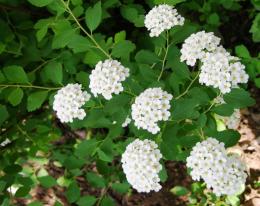
The diversity of the plant world allows landscape designers not to dwell on existing schemes and not to set any limits at all in the development of new projects.
So, only different types of spirea will bring a special zest to one garden with a combination of delicate flowers and lush green leaves.
Content:
- Description of spirea and photo
- The most popular types of spirea and varieties: Dubravkolistnaya, Gray, Ivolistnaya, Billarda, Berezolistnaya, Thunberga, Vangutta
- Rules for planting and care
- Reproduction: seeds, layering, cuttings
- Spiraea in landscape design
Description of spirea and photo
Spiraea or meadowsweet - This is a common shrub of the subalpine mountain zone of the Northern Hemisphere, found in forest-steppe and semi-desert zones.
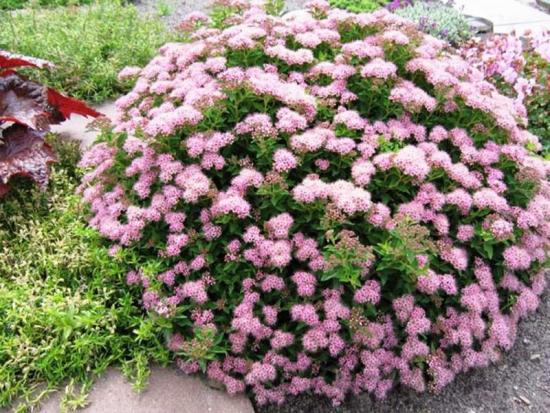
The characteristic features of this shrub include:
- It can exceed several meters in height;
- Depending on the type, the buds completely cover the entire shoot or are located only on its upper parts;
- Leaf color varies among species. So in the fall the green color of the foliage changes to purple or orange before falling off for the winter;
- Depending on the time of flowering, spring-blooming and winter-blooming meadowsweet are distinguished. So spring ones can be identified by their white petals, and summer ones by their rich pink, scarlet or crimson color.
- Shape - pyramidal, cascading, creeping, hemispherical, weeping, erect;
- The flowering is lush and long-lasting, the buds are collected in small pyramidal, paniculate or spike-shaped inflorescences. Some varieties may have single buds. Color ranges from white to crimson.
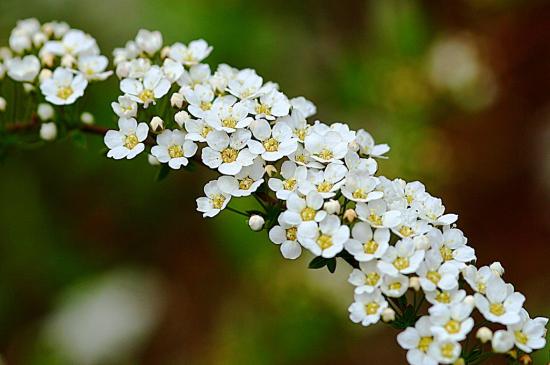
Spiraea are unpretentious, frost-resistant, and can withstand urban conditions, which is why they are often found in parks.
This plant reproduces easily and grows quickly, beginning to bloom in the third year after planting.
The most popular types of spirea and varieties
There are a large number of different types and varieties of meadowsweet. Each differs in the duration and beginning of flowering, the height of the bush or the color of the buds.
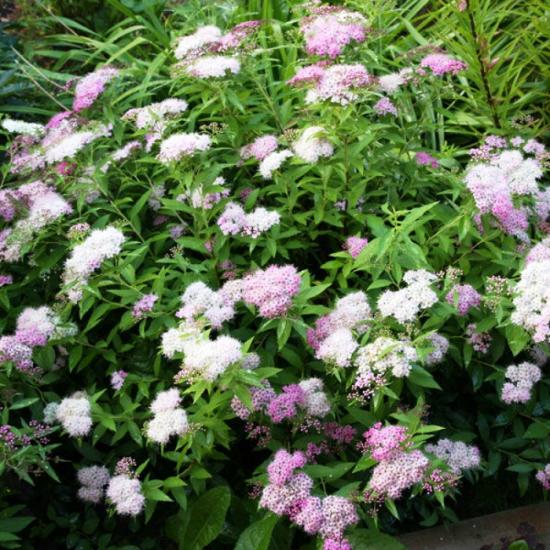
However, there are also popular types that are used more often than others in landscape design.
oak leaf
It is found in nature from the eastern part of Europe to the Far East. It is an erect shrub two meters in height. The branches are long, slightly inclined, forming a dense, rounded crown.
The leaves are elongated, ovoid, reach 5 cm in length, located on thin petioles. The plates are green above and bluish below, changing to yellow in autumn. It blooms for a total of 25 days, the buds are collected in white inflorescences and appear in late spring.
Tolerates shade and temperature fluctuations well. Highly prized for its lush blooming beautiful foliage.
Gray
It is distinguished by strong branching and ribbed felt shoots. The leaf blades are pointed at the edges, gray-green on the top and lighter in color on the bottom. The buds are white, appear in May, located throughout the shoot (at the top in sessile inflorescences, towards the basal part - on small branches).
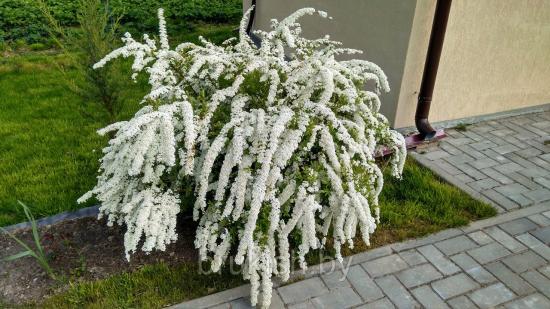
Since the species is a hybrid, seed propagation is impossible.It is highly decorative and compact; it looks impressive both when planted individually and in groups.
Willow
In its natural environment, it is distributed in the northern regions of Asia, North America and Europe. Found in lakeside thickets and sedge bogs.
You can recognize this upright shrub by its scarlet-yellow shoots with lanceolate, elongated leaves. The plates are distinguished by a dark green color on the upper side and a lighter shade on the lower side.
The buds are white or pink, located on small peduncles, collected in cylindrical or pyramidal panicles, reaching a length of 20 cm.
Like other species, this meadowsweet is winter-hardy and prefers moist soil. Propagation by cuttings and seeds is possible; the first flowering should be expected in the fourth year after planting.
Billard
A hybrid species that is distinguished by spreading branches and broadly lanceolate foliage that reaches 10 cm in length.
The buds are a rich pink color, collected in dense pyramidal inflorescences or narrow paniculate ones, which cover the meadowsweet at the end of July and last until the first frost.
Despite the fact that the shrub is shade-tolerant, it feels better in well-lit areas. Used in design to create hedges, group or single planting.
Birch-leaved
In its natural environment it is found in northern Asia and the Far East in mixed and coniferous forests. The name of the species arose due to the fact that its leaves are similar to the foliage of birch - elliptical or broadly ovate in shape with a wedge-shaped base.
This shrub is small (up to 60 cm). It is distinguished by a dense spherical crown and ribbed branches. The leaves are green, turning yellow in autumn.
The buds are pinkish and appear in July, collected in dense panicles. Prefers well-lit, moderately moist soils. In early spring, it is recommended to prune, removing everything below the developed bud.
In design it is used to create edges of groups of tall shrubs and rockeries.
Thunberg
In its natural environment it is found on mountain slopes or valleys of Japan, China and Korea. It reaches a height of 1.5 in its homeland; in our latitudes the size of the shrub is much more modest. It is distinguished by abundant branching and dense leaves 4 cm long.
The foliage is a rich green color that turns orange in the fall. The buds are collected in white umbrellas, appear in May and last until June.
An early flowering shrub that grows well in sunny areas. With a strong drop in temperature, frostbite may occur on the shoots.
Wangutta
A fairly large plant, the height and diameter of the crown can reach two meters. It differs from other representatives in its spreading branches that bend towards the ground, forming a cascading crown shape. The leaves are serrated, five-lobed, reaching 3.5 cm in length. The blades are green on the top and bluish on the bottom.
The buds are white, collected in dense hemispherical inflorescences that cover the entire branch and last for several weeks. The first flowers appear in the third year after planting.
All spirea are frost-resistant, only sometimes you can observe a slight freezing of the branches. The shrub is unpretentious and hardy; it develops best in drained, well-lit areas.
Let's watch a video about the types of spirea:
Rules for planting and care
Before you start disembarking, it is recommended to pay attention to some features.The optimal site for this plant will be a sunny area, even if it is in the southern regions.
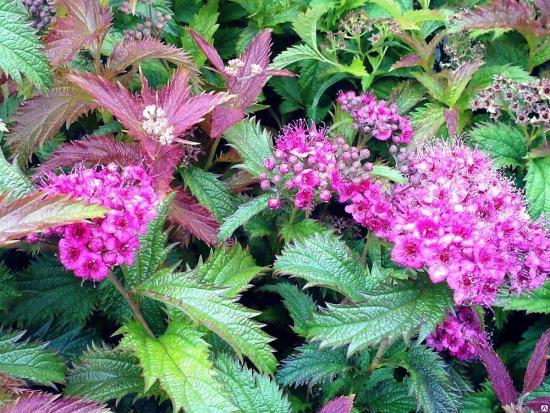
In addition, it is important to pay attention to such points as:
- The optimal time of year for planting is autumn, especially in cloudy, rainy weather;
- If the soil is rich in humus, you can immediately prepare holes, which should exceed the volume of the shrub root by 15% and not exceed half a meter in depth. If the soil is poor, the hole should be three times the size of the rhizome, and it is recommended to fill it with a mixture of river sand, peat and turf soil in a ratio of 1:1:2;
- The distance between adjacent holes should be 40-70 cm, summer ones are planted more densely, and spring ones are freer;
- Before planting directly, it is recommended to carefully check the roots and cut off dry ones. If a shrub is planted with an earthen lump, it is recommended to immediately thoroughly water the seedling. When deepening, the root collar should not fall below ground level.
- It is important to consider that despite the fact that meadowsweet loves moisture, it is not recommended to allow water to accumulate at the root. Therefore, if planting is carried out in soil with a large percentage of clay, a ten-centimeter drainage layer must be installed at the bottom of the hole.
No less important than planting and caring for the plant.
It is so important to pay attention to such points as:
- Mulching allows you to keep the soil loose and moist for a long time. For meadowsweet, a 6-8 cm layer of mulch (peat, buckwheat husks, nuts or seeds) is optimal;
- Pruning is carried out with an eye to some nuances that need to be remembered. So for spring pruning comes down to removing damaged branches. It is recommended to carry it out from early to mid-spring.Anti-aging pruning is also periodically necessary, removing branches older than seven years. Summer pruning should be done in early spring, removing damaged shoots and shortening branches to well-developed buds;
- Fertilizing - for abundant flowering in early spring, it is necessary to apply fertilizers with phosphorus, nitrogen, and potassium. Summer ones will benefit from another feeding at the beginning of summer;
- Watering is carried out as necessary in the hot season and to maintain young seedlings;
- Weeding is necessary for young plants; in addition, it is a good idea to periodically loosen the soil to avoid compaction.
- Since the plant is unpretentious, there is nothing special in care. It is enough to plant correctly, prune in a timely manner and remove the inflorescences immediately after they wither, so as not to exhaust the plant with the formation of seeds.
Let's see how to properly care for spirea:
Reproduction
Spiraea can be propagated in several ways, depending on the skill of the gardener. Planting with seeds is rightly considered the most labor-intensive, but there is nothing terrible about it.
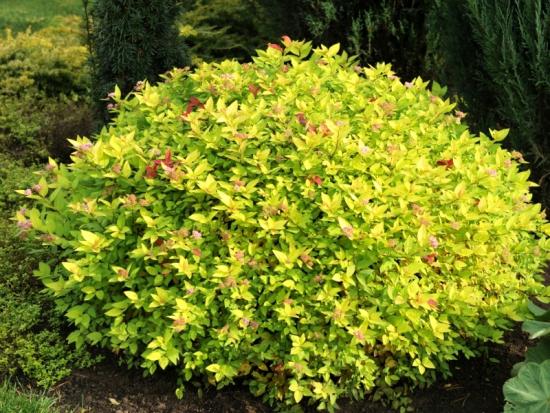
Seeds
This method is suitable for all species except hybrid ones.
To grow you need:
- Prepare wide and low containers in advance, fill them with a mixture of high-moor peat and leaf soil, treated with a solution of potassium permanganate;
- Plant the seeds into the soil to a depth of a centimeter;
- The first shoots are expected on the tenth day. Transfer to the garden bed is carried out after 60-90 days, having first pinched the roots.
In the first three years, it is recommended to systematically water the meadowsweet and fluff up the soil. It is important to remember that the root system of young seedlings is fragile and can be easily damaged.
By layering
With this method of propagation in the spring, it is necessary to fix the lower branches of the spirea near the ground in potholes. The end of the branch is cut off and covered with earth along its entire length. In the winter, sprinkle the cuttings with fallen leaves and by next spring the shoot will take root.
Cuttings
The simplest method, which is suitable for both decorative varieties and hybrids. Cuttings must be prepared immediately after the end of active growth: for spring ones - from the beginning of June, for summer ones - from mid-June.
Cut cuttings are stored in containers with a mixture of river sand and peat, which must be watered periodically.
The survival rate of cuttings is quite high, and with the addition of a root formation stimulator it can even be absolute.
Spiraea in landscape design
The variety of types and forms of spirea allows landscape designers not to restrain their imagination. Frost-resistant and unpretentious, these plants do not lose their beauty from spring to frost.
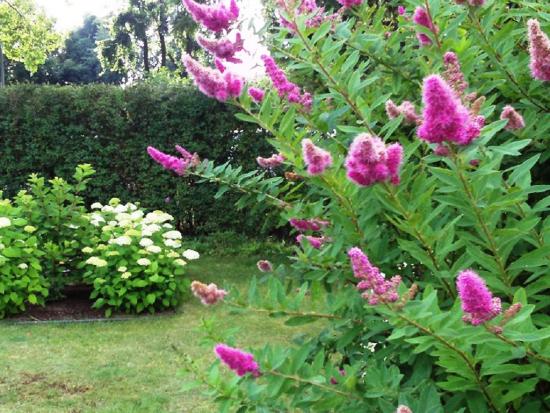
Due to the variety of forms of meadowsweet, it can be used in a wide variety of compositions, both single and group.
Meadowsweet does not shade other plants, is perfect for symbiosis with coniferous plants, and tolerates shade well. Single compositions of tall species of the spirea Vangutta type look advantageous.
Joint planting of spring and summer varieties is often practiced to create continuous flowering from spring until the first frost.
Neat shrubs look no less interesting in flower beds with perennials.
Meadowsweet also looks quite impressive as a hedge. Depending on the species, you can grow either neatly trimmed fences or free-growing flowering walls. Both options look equally beneficial.
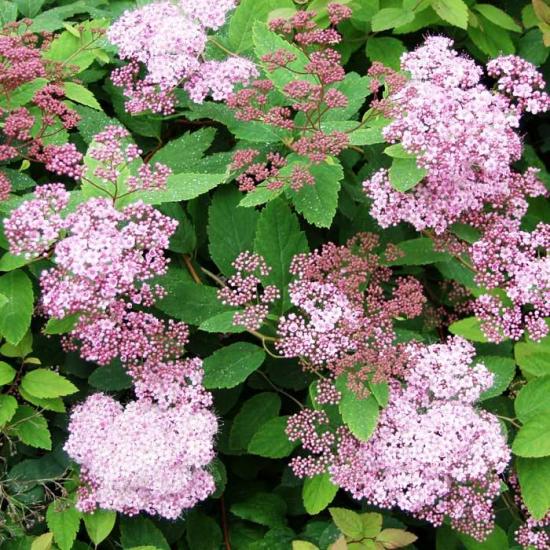
Low-growing bushes are suitable for decorating rockeries, and those creeping along the ground will become an original alternative to a lawn.
If there are retaining walls in the area, they can be effectively emphasized with varieties with flowing shoots in the spirit of oak-leaved meadowsweet.
The variety of forms allows this plant to be used in almost any garden. Large shrubs, medium-sized neat plants and very small ornamental species, all this can be found among spireas.
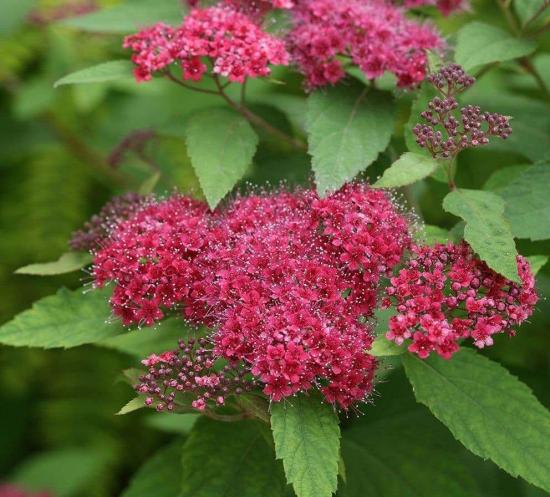
There are a large number of different types of spirea, which differ in size and characteristics. However, they are all united by their extraordinary beauty and unpretentiousness, so they can be grown in any region.

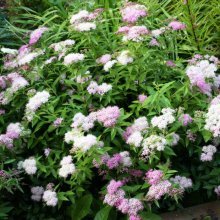
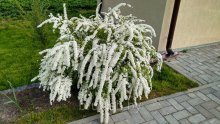
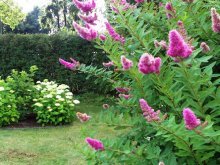
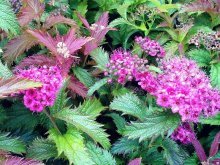
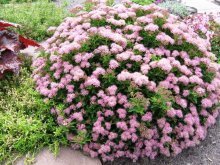
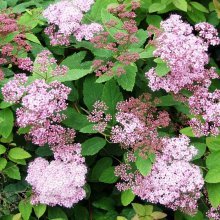
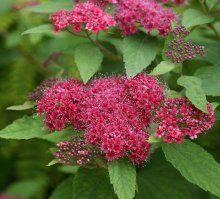
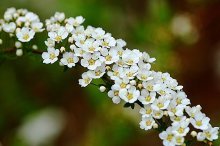
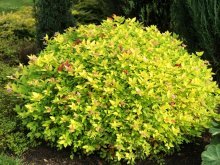


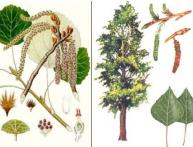
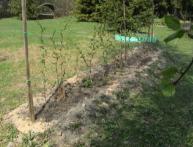
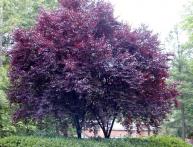
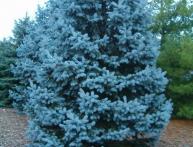
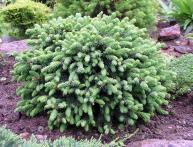
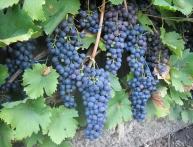
Comments
Spirea is a very beautiful shrub that blooms only at the end of May and blooms for almost a month. Moreover, the bush is almost completely covered with small flowers and it is very beautiful.